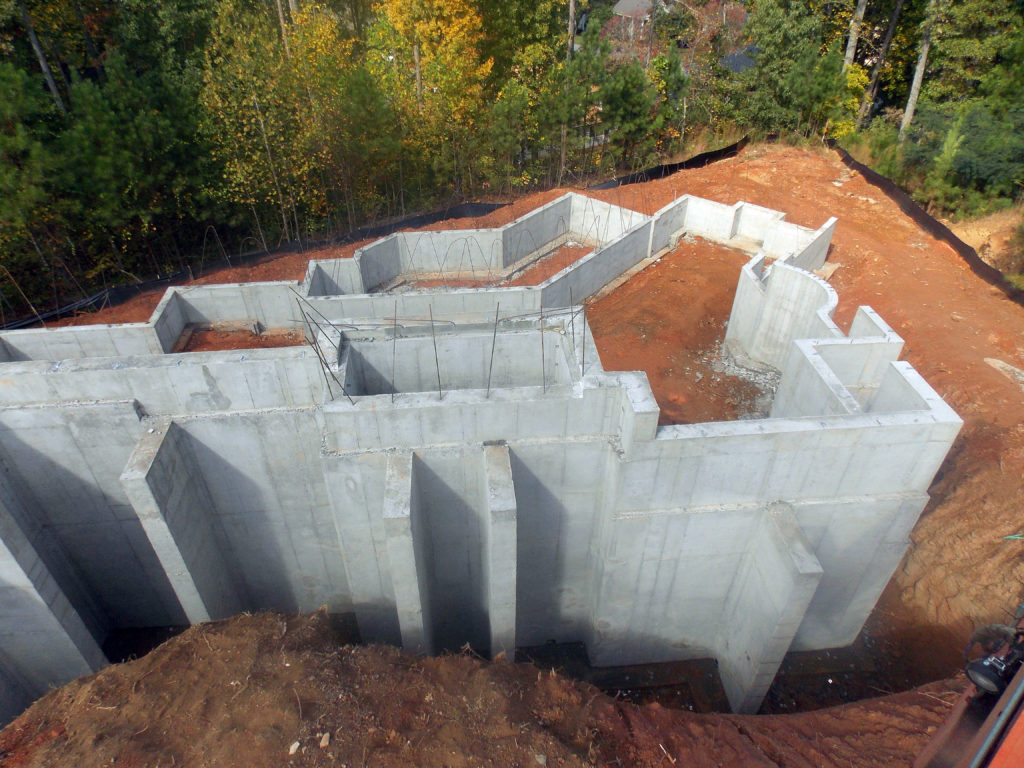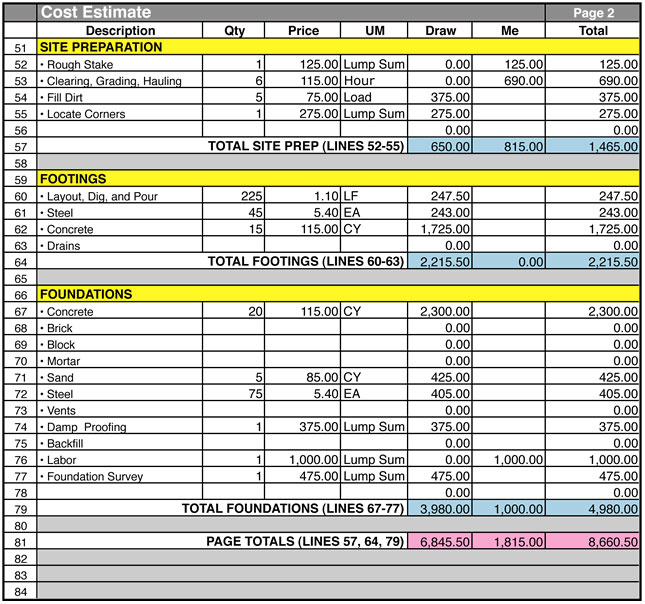

This is the area for which the builder will determine the cost of the building.Īlso called as Floor Space Ratio (FSR) or Floor Space Index (FSI), it is the ratio between the total covered area of all the floors and the total plot area. The common usable areas, such as a swimming pool, garden and clubhouse, may also be included in it. SUPER BUILT UP AREA: It includes the Built Up Area along with the common amenities, such as the area of lift shafts, lobby, and corridor, proportionately divided among all flats.It is typically 10-20% more than the carpet area and is also sometimes known as the PLINTH AREA. BUILT UP AREA: Built-up area includes the Carpet Area and thickness of external walls, internal walls and columns.While computing the carpet area, the terrace and balconies are usually considered as half the actual area. CARPET AREA: It is the area within the walls of an apartment that is for the exclusive use of the buyer.It serves as a guide to the contractors to set the rates while quoting the tenders for a particular job. It is the list of rates for various items of works. Establishment Charges: 2% of Total Project Cost that will allow for additional costs on the organization.Contingencies: 3 to 5% of Total Project Cost that will allow for unforeseen expenditures.It is to be noted that to the final cost of the Project we have to add the following cost as a compulsory item. Abstract of Estimate Form gives the cost of each item of work and is calculated in a tabular form shown below.Quantity Take Off is gives the detailed measurement of the quantities from the drawings (plan, section and elevation details) of the buildings and is computed in the tabular column shown below.


It is the accurate estimate of all costs that consists of two parts – Quantity Take Off (QTO) and Abstract of Estimate Form (AEF). It is the anticipated or the probable cost of an item or work which is prepared before construction starts.


 0 kommentar(er)
0 kommentar(er)
